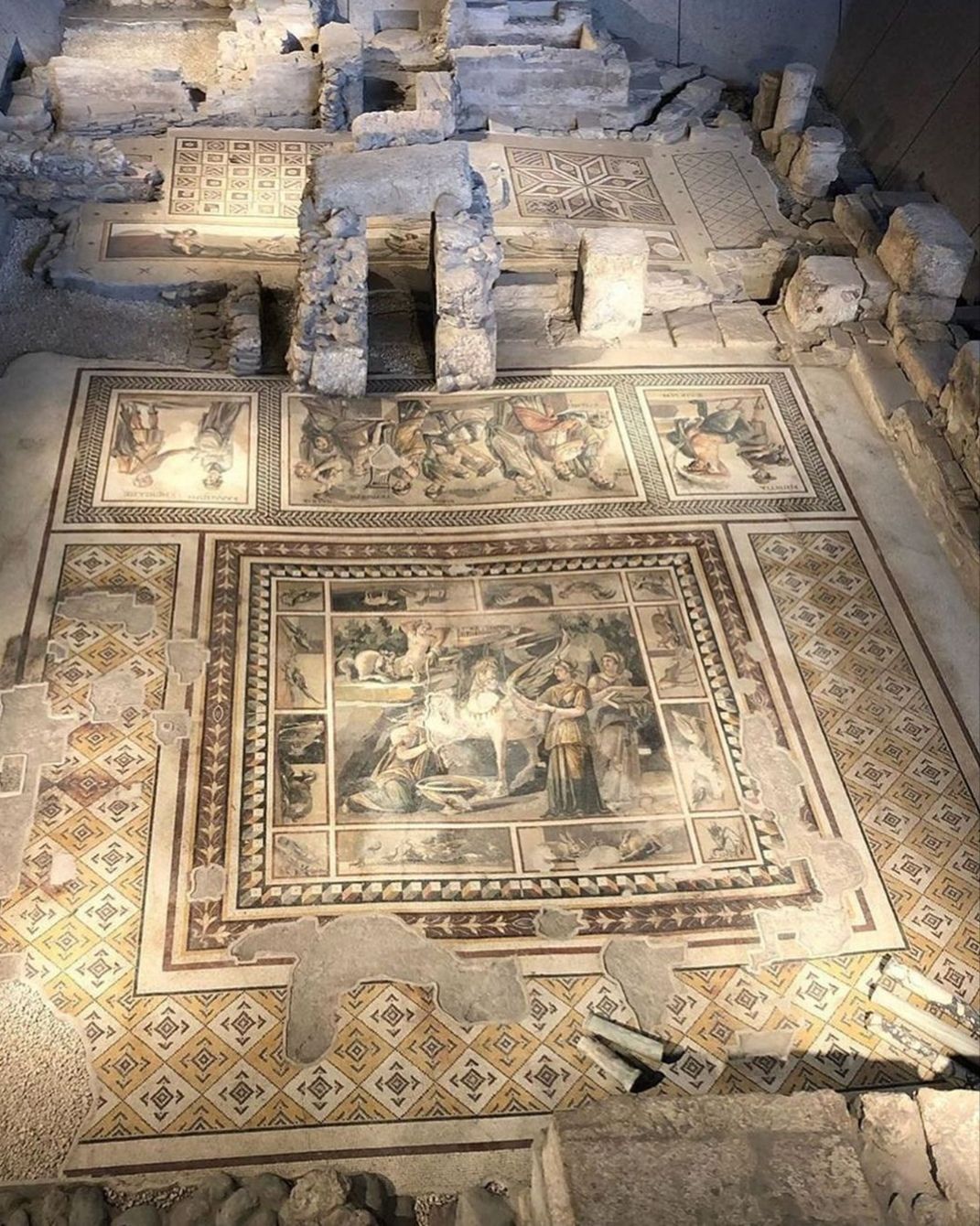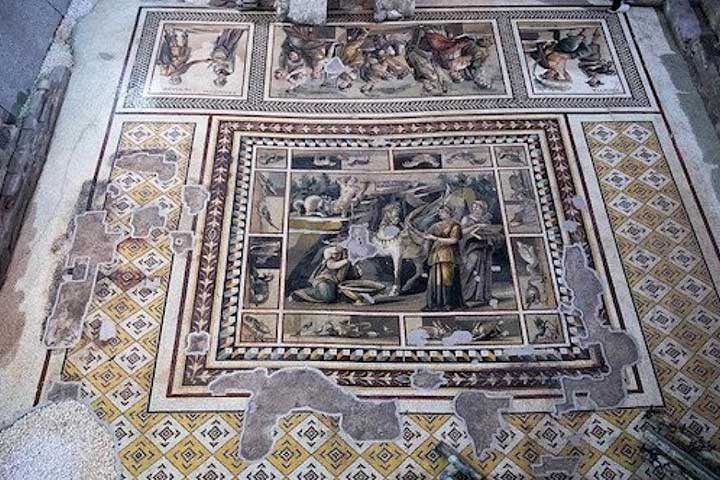The largest Roman mosaic in the world isn’t hidden away in a museum; it resides in a hotel, inviting visitors to explore it freely. Spanning an impressive 836 square meters and remarkably well-preserved, this stunning mosaic was unearthed in 2011 in Antakya, Turkey, the ancient city of Antioch.
Table of Contents
ToggleDiscovery and Historical Context
The mosaic was discovered during the excavation for a hotel’s construction, revealing a breathtaking display of artistry that dates back to the Roman era. This unexpected find led to the establishment of a unique Hotel-Museum, where the lines between history and hospitality blur. The hotel’s basement has been transformed into an authentic Archaeological Park, managed by local archaeologists dedicated to preserving and showcasing this incredible artifact.

Antioch, known for its rich cultural history, was one of the most significant cities of the Roman Empire. As a bustling trade hub, it attracted various cultures, leading to a diverse and vibrant society. The mosaic is believed to represent the remnants of the Antioch Forum, a central gathering place adorned with intricate artworks and important civic structures.
Artistic Significance of the Mosaic
The mosaic features a variety of intricate designs and motifs, showcasing the exceptional craftsmanship of Roman artisans. Composed of thousands of colorful tesserae, it depicts scenes that offer insight into the daily life and cultural practices of the time. The artistry reflects not only the aesthetic values of the Romans but also their skills in storytelling through visual art.

The preservation of such a large mosaic is significant, as it provides researchers and historians with invaluable information about the techniques used by ancient artisans, the materials available, and the social and cultural dynamics of Roman Antioch. The mosaic also serves as a testament to the importance of public spaces in ancient cities, where art and community life were deeply intertwined.
Visitor Experience
Guests at the hotel can appreciate the beauty of the mosaic and its historical significance. Walking through the Archaeological Park, visitors are immersed in the history of one of the most important cities of the ancient world, experiencing firsthand the blend of modern hospitality and ancient heritage. Guided tours and informative displays enhance the experience, allowing guests to learn about the mosaic’s history and the cultural context in which it was created.

Conclusion
The discovery of the vast Roman mosaic has transformed a hotel into a destination that celebrates and preserves the rich history of the region. It offers a unique opportunity for history enthusiasts and casual visitors alike to engage with the past while enjoying contemporary comforts. By highlighting this extraordinary artifact, the hotel not only provides a glimpse into ancient artistry but also fosters a deeper appreciation for the cultural legacy of Antioch and the Roman Empire as a whole.

